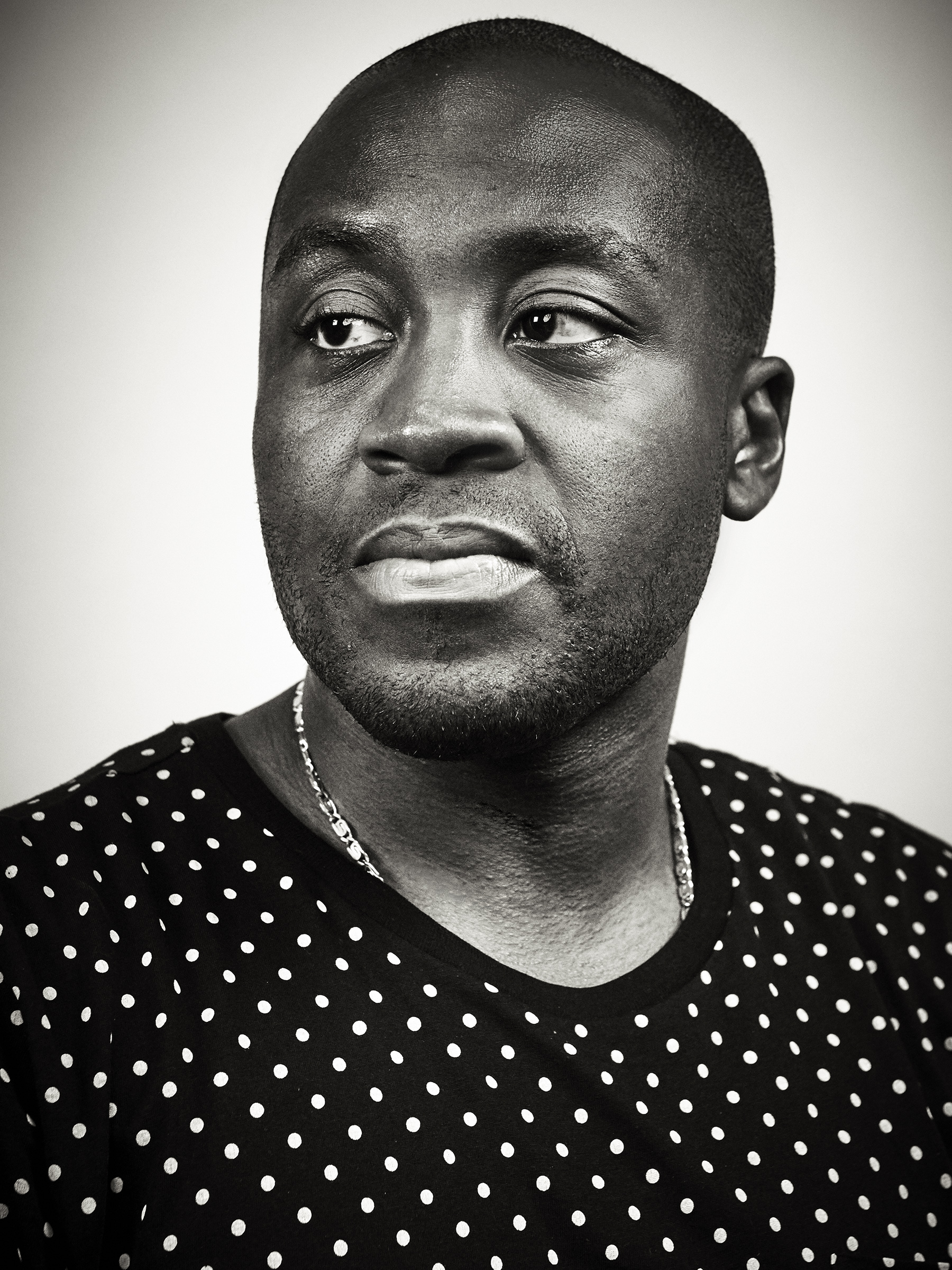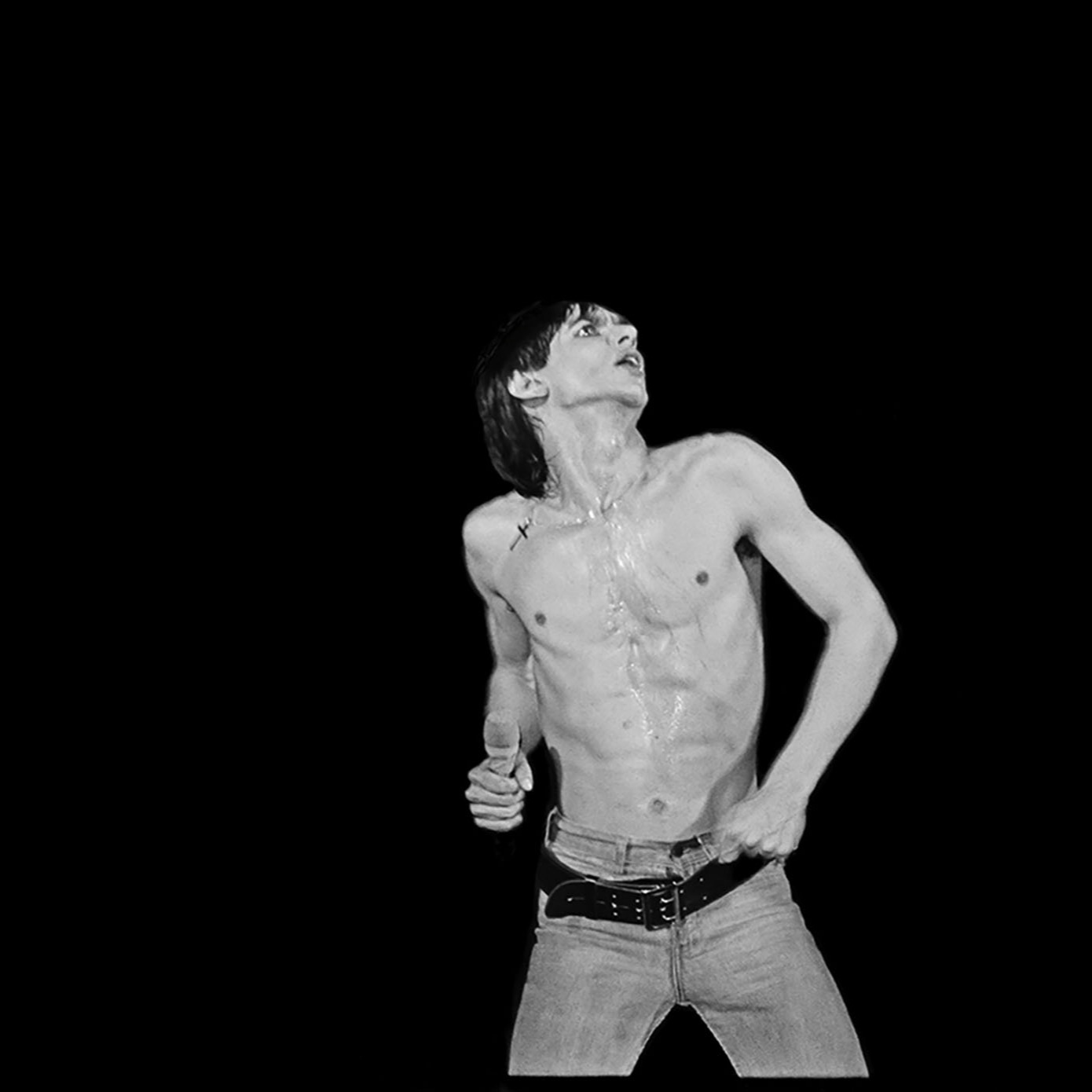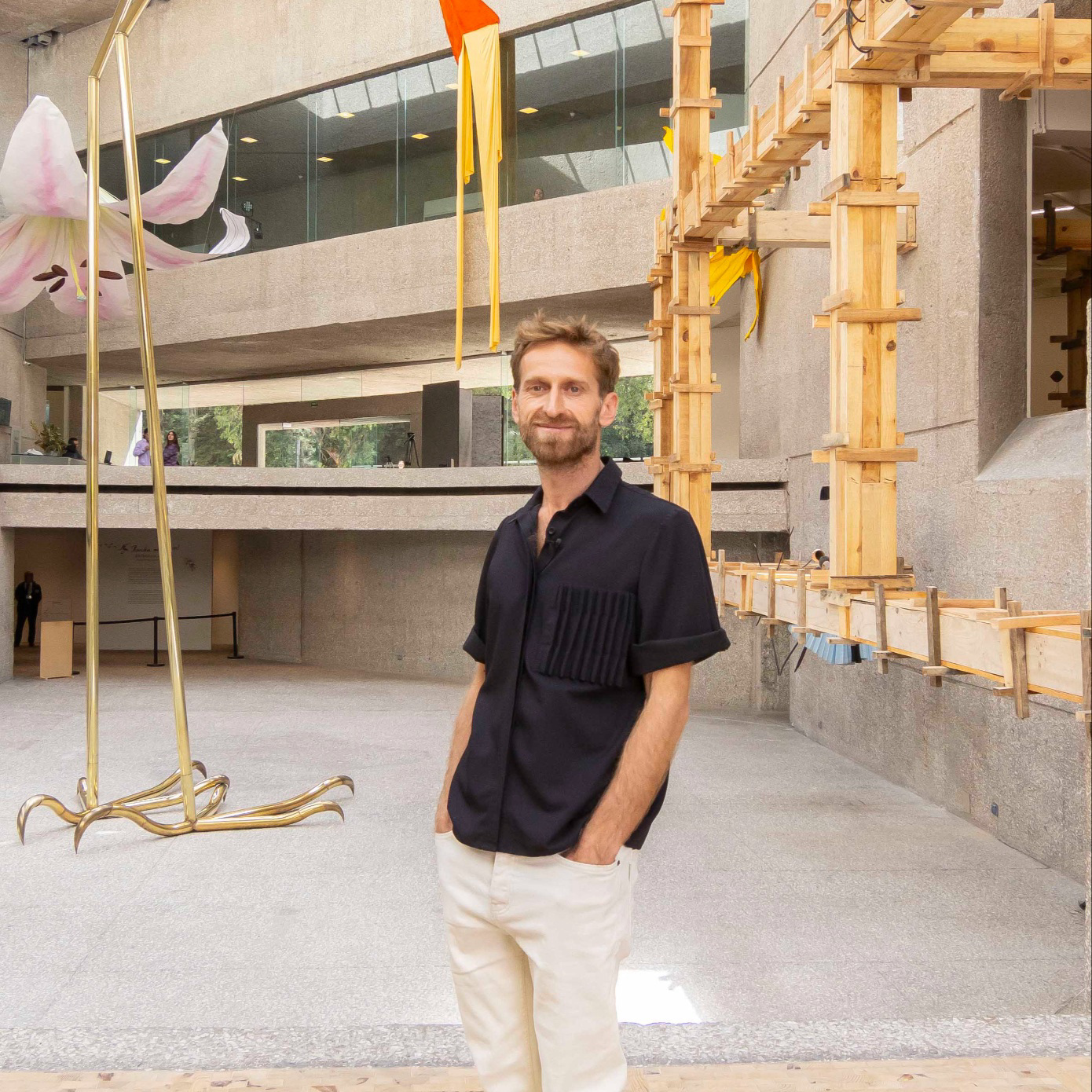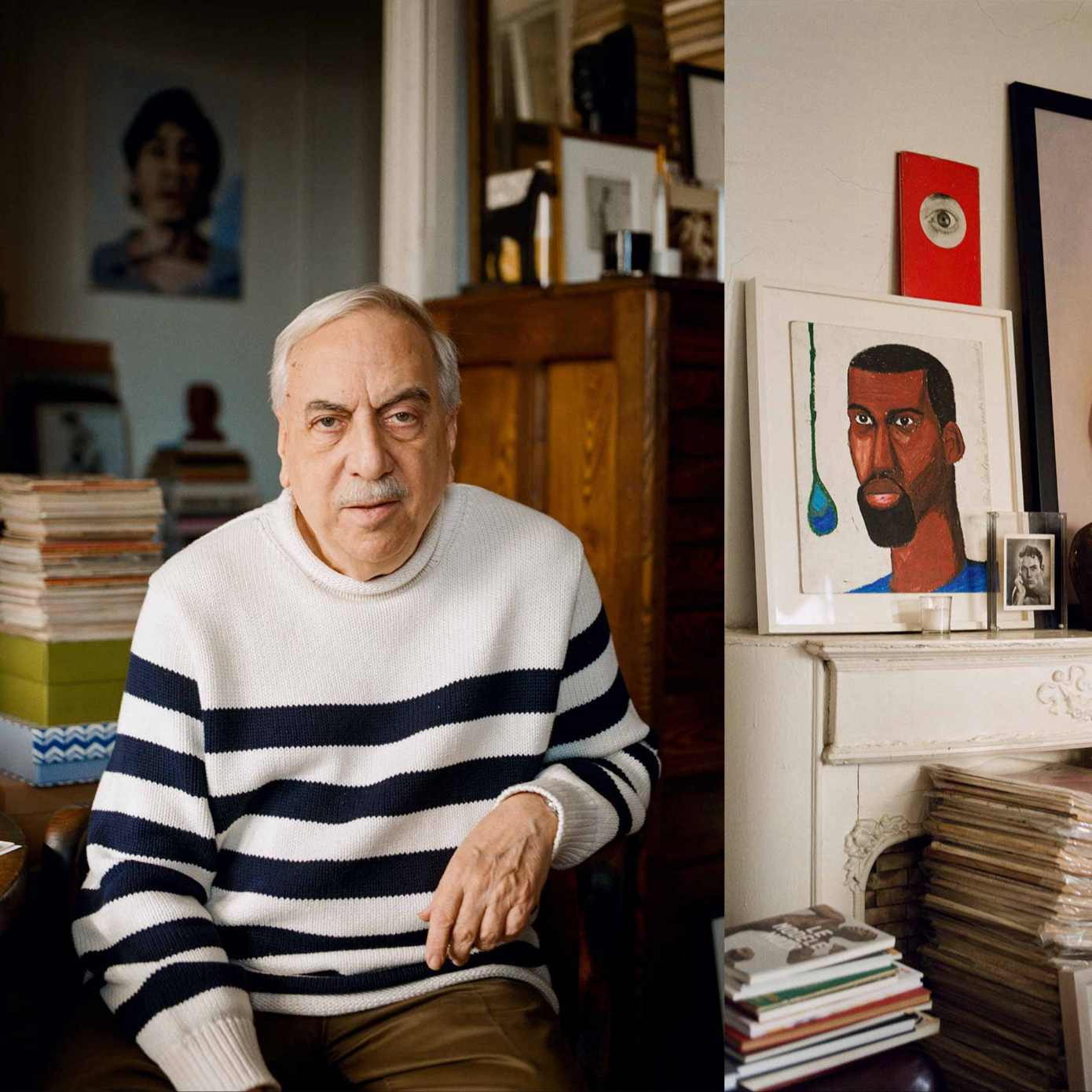
This summer has been a watershed moment for institutions as some of the biggest have reshuffled their curatorial decks. Klaus Biesenbach left MoMA PS1 for the West Coast and Laura Hoptman took over the Drawing Center as Executive Director. Outside of the U.S. art worlds coastal poles, there is also a revolution. Independent curator Larry Ossei-Mensah just became the New Susanne Feld Hilberry Senior Curator at Museum of Contemporary Art Detroit (MOCAD). A day after the announcement hit the news, the ambitious curator sat down with us to discuss his guiding principles and strategies for his new position.
When we first sat down you mentioned Robin Pogrebin recent piece, With New Urgency, Museums Cultivate Curators of Color. What did you think about the feature? I thought it was very timely. It’s part of an important dialogue that needs to happen. I've been reflecting a lot on what it means as an organization to think about diversity and how can you make that just a way of doing business, whether it's nonprofit or for profit. How do you ensure that you’re not just checking the boxes, but it's a total organizational commitment to making sure a variety of voices are represented? Different backgrounds, ethnicities, ideologies, philosophies allow you to really take a holistic approach in the work that you do. When you have holes and gaps, it doesn't really allow you to be in service of your patrons. Of course, I think there's always gonna be something lacking. So how do you continually work to make sure that you're serving the public?
What are the actions museums can take? Are there strategies you're going to bring into your new position? There is a series of six guiding principles that I like to employ when I'm doing projects. I always think about, number one, access. Who is this for? Is this accessible? Is this accessible to the broadest possible audience? I grew up in the South Bronx so I always think about the 16-year-old me. Would I care about this when I feel like this is? Will I learn? Will it be a cool experience?
And then piggy backing on top of that, my second principle: is there a sense of belonging? I think that's a challenge that a fair amount of institutions have where, depending on the size and scope of the museum, it can be a little bit intimidating. So how do you remove those barriers of intimidation? How do you really create an environment where people feel like this is my museum and have stake and equity in what's happening here. Then I think about curiosity and conversation. A lot of what I do stems from a conversation that I might have with somebody or something that I might be particularly curious about and how do I use the exhibition format or the programmatic format as a way to begin to unpack that, answer those questions or ask more questions. This is in a way a catalyst for number four: diversity. The racial makeup and economic makeup of a space, people who identify as straight, gay, gender nonconforming—these are all factors that go into considering the whole. We've entered into a time where people are asserting those different identities and acknowledging those layers and being respectful of those layers. But then how do you also create space where those layers are reflected in what you see?
The fifth principle is value. What is the value proposition? Is this needed? This idea comes from talking to friends who are architects and when they're building they always must ask: Is this building needed? What is the function of it? The final step is collaboration. A great component to my success in life is just being able to collaborate. I'm a big believer in steel sharpening steel. I might be good at one thing. It’s also about listening.
What is your strategy when you move in? The first thing I want to do is just a listening campaign. Over the years, I've been able to build some great relationships in this city with people who are from Detroit or people have lived there for a long time and so I've been getting recommendations from them. I intend to be fully engaged in the art community as well as the music scene because it is big here. For example, recently I was looking at a Kickstarter for this club called Heaven that used to exist, I think in the seventies or eighties. It was this safe space for the queer community and techno was at the center of that so how do I celebrate the fact that a techno movement was born in Detroit.
A lot of listening is about being engaged and present. It’s about small collaborative things and trying to identify the things that people like to do and then of giving them a slight twist. Like I know roller skating is a big thing in Detroit. Roller skating is not a traditional art activity, but what if I can add a filter that helps enrich an experience.
I want to come in humble and really learn. My mantra has been amplifying the magic, so how do we celebrate what makes the city amazing and the people who have been part of that through its ebbs and flows.
You’ve mentioned listening several times. Do you think there is a deficit of it in the curatorial world? You can tell when people are tone deaf because it's reflective in what they're putting out there and there's just so many ways you can listen. Right? You can do it in a formal manner where you do a survey or focus groups. And so for me, I think onsite it's about these kind of direct confrontations and then walkabouts that take you into the city.
I think curators more than ever need to be more expansive about how they consider their practices. Doing an exhibition in the white cube gallery space is one component, but I think programming is just as important. How does this serve as a complement to the exhibition and how can this exist as its own offering?
My background a little bit different than my colleagues. I come from more of a marketing advertising background. I didn't get a PhD but that's allowed me to be a lot more hyper sensitive. I'm also super respectful of friends and colleagues who chose that path. The ultimate goal would be how do we collaborate and leverage both of those sensibilities and skill sets to put together something amazing?
If you're putting together a solo show, how does the process work? Is it a lot of handholding or do you let the artist drive? It depends on my relationship with the artist. I look at every exhibition as a dialogue. The actual exhibition is just a byproduct of a series of emails, phone calls, dinners, walks and talks. We might go see exhibitions together to get a better sense of each other’s perspective on art and life. It's about building the trust of the artist and trying to understand how they work, what's their style. Acknowledging those differences allows you to communicate more freely. And, I'm always trying to be clear that everything we do is for the good of the exhibition, what is best for the institution.
This is not about ego for me. I am blessed to do this work, you know, and to be able to make a living doing this. I want to honor that and I believe your work is your testimony, your work is a manifestation of honoring the opportunities we are blessed to have as curators. It's always about putting the best possible thing into the world and not just satisfying your own ego. I think that mantra has been able to allow me to cultivate some really special relationships with artists, whether I formally work with them or not.



